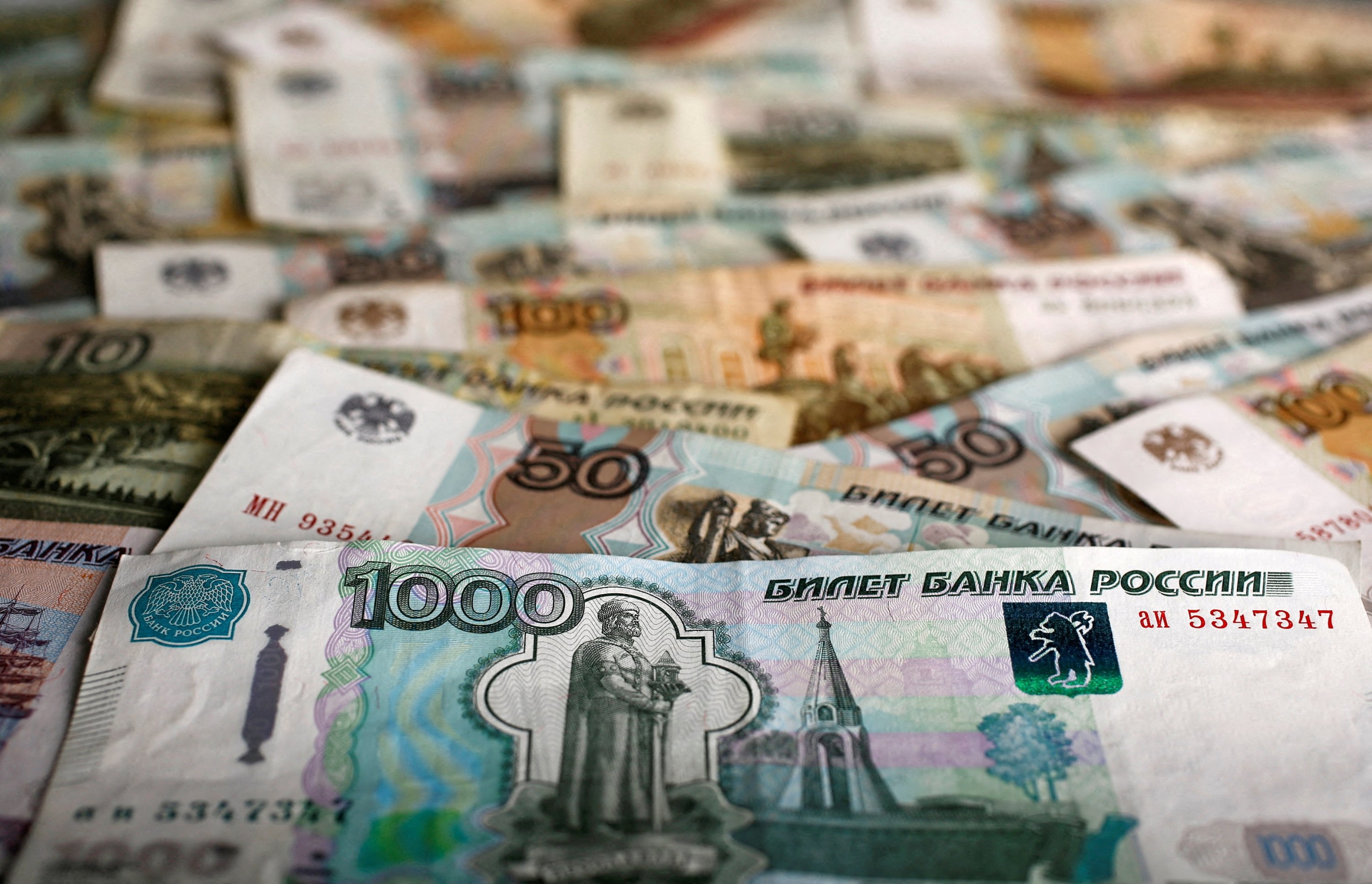
Russian GDP in September exceeded the level of this month of 2022 by 5.2%
By Rhod Mackenzie
The Russian Ministry of Economic Development has reported that the countries's GDP in September surpassed last year's monthly level by 5.2%. Furthermore, it increased by 1% compared to the September of 2021 before the SMO. The ministry's estimates show that GDP increased by 2.8% over the three quarters of this year, which matches their prediction for the country's main macroeconomic indicator growth by the end of 2023. Among alternative estimates, the most optimistic is that of the VEB.RF Institute for Research and Expertise - 2.9%.
The real disposable income of the population rose by 5.1% in Q3 in comparison to July-September 2021, as reported by Rosstat. The indicator maintained its previous quarter's value. However, if we eliminate the base effect, which heavily influenced the income growth in the pandemic year of 2020 and the sanction year of 2022, and recalculate the growth based on the last stable year of 2019, we observe a gradual decrease in the year-on-year real disposable income dynamics of the population - from 6% in the first quarter to 3.9% in the third.
Calculations by TsMAKP indicate a gradual cool down of the consumer sector in the Russian economy. The average monthly increase in all consumer spending, including goods, services, and catering, in constant prices decreased to 0.3% in July-September. This is a decrease from 1.6% in the previous quarter, and has been adjusted for seasonality.
The inflation rate has started to decline but remains above the long-term average. Over the past fortnight of Rosstat monitoring (from 17th October to 30th October), there was a 0.38% rise in consumer prices, which is notably higher than the equivalent period in September (0.49%). Generally, it is expected that by the close of October, there will be a 1.0-1.1% increase in consumer prices, projected by Monocle, or by 7% yearly.
Expectations for future price growth rates were divergent in October. Based on a survey by LLC InFOM, the median estimate of inflation expected by the public for the next 12 months declined to 11.2%, down by 0.5 percentage points compared to September. Even more pronounced, expectations among responders who have savings decreased by 0.7 percentage points to 9.6%. However, there were no changes in inflation expectations among those without savings. It is conceivable that depositors may be more discerning to deposit and lending interest rates, which have escalated within the last three months following the pivotal rate upsurge.
The population's evaluation of annual inflation in October slightly grew, with a median value of 13.9% (+0.1 percentage points from September).
In October, Russian Railways' loading experienced a decline of 3.4% from last year's level, marking the first negative trend in a year. Coal (down 7.7%), petroleum products (down 7.5%), and construction cargo (down 13%) experienced a drop in loading, constituting the most significant cargo decline on the network. Grain transportation is showing positivity, with some of the summer months exceeding last year’s figures by more than 70% and maintaining good dynamics (up 28%). The loading of coke, industrial raw materials, ferrous metal scrap, chemicals, soda, and other cargo showed high growth rates.
Russian Railways cites a ban on petroleum product exports, infrastructure projects being completed and increasing demand for construction materials transport, and ongoing railway construction and reconstruction limiting capacity as explanations for the decreased loading rates in October. It is anticipated that by the end of 2023, loading volume will reach 1243.8 million tonnes, an increase of 0.8% from 2022.
However, the company anticipates a return to growth in loading volume in the near future. The annual growth rate of the ruble money supply (M2) decreased for the third consecutive month in September 2023, to 20.6%. Additionally, the real, inflation-adjusted money supply grew even less in September, with a 13.8% annual increase, and is also declining from the peak reached in May.
Lending remained a fundamental source of money supply growth. The Central Bank reported a slight decline in the proportion of net loans to general government contributing to the overall increase in money supply.
